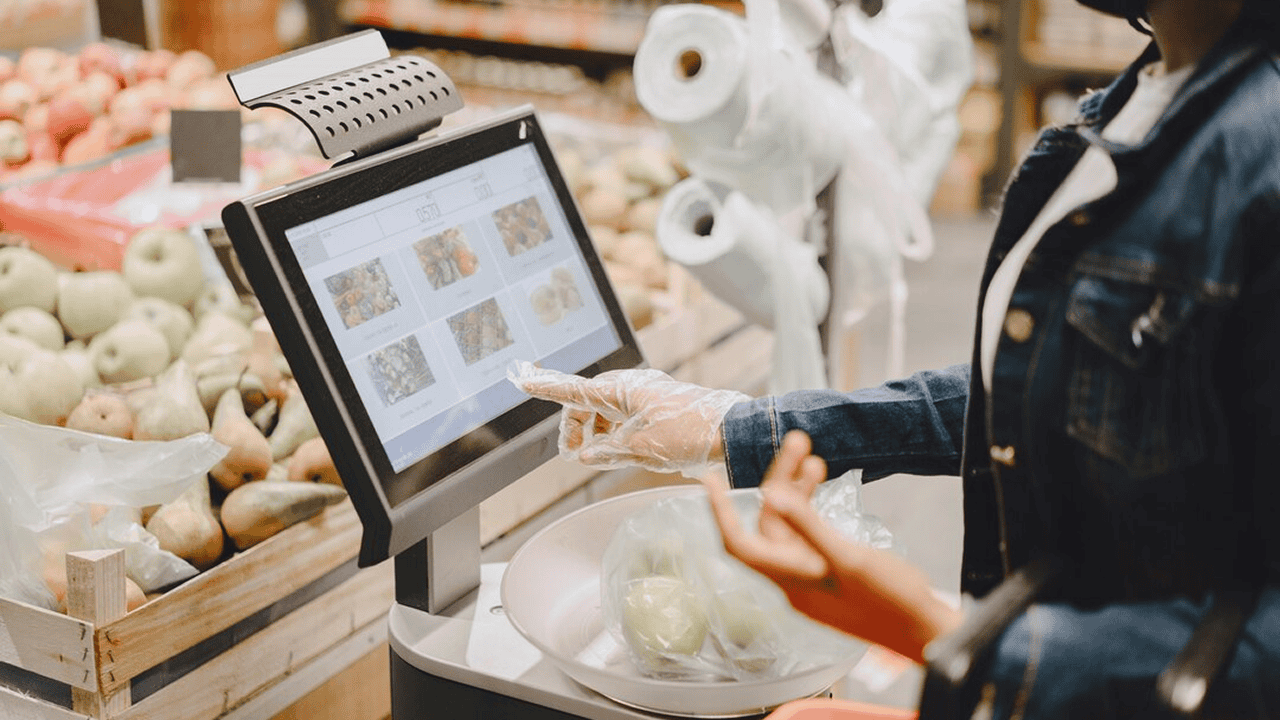
Mastering Retail Operations: Strategies for Streamlined Success in 2025
As the retail landscape continues to evolve, the heartbeat of every successful retailer lies in its operations. From the logistics of inventory to the customer’s final interaction at the checkout counter, retail operations form the invisible infrastructure that holds a business together. In 2025, with consumer expectations rising and technology advancing, operational efficiency is no longer just an advantage—it’s a necessity.
Retailers that master their operations gain control over costs, streamline processes, and deliver superior customer experiences. This article offers an in-depth look at key strategies and trends shaping retail operations today, empowering you to optimize your business for peak performance.
Retail Operations Defined
Retail operations refer to the day-to-day activities that keep a retail business running smoothly. This includes everything from purchasing inventory and managing stock to scheduling employees and designing the customer journey. The primary goal is to ensure products are available when customers want them, presented in a way that encourages sales, and supported by efficient backend processes.
Operations touch nearly every facet of the business—logistics, supply chain, staffing, pricing, checkout experience, merchandising, and customer service. Every operational decision impacts either the bottom line or the customer experience—or both.
Operational Efficiency: The Retailer’s Secret Weapon
Operational efficiency in retail refers to achieving maximum output with minimal waste. This encompasses resource optimization, automation, and strategic planning to reduce costs while enhancing customer value. A well-oiled operational machine boosts margins, reduces errors, and enables scalability.
Retailers focusing on operational efficiency see tangible benefits:
- Faster turnaround times for product deliveries
- Lower overhead costs through lean inventory management
- Fewer customer complaints thanks to improved service delivery
- More sales due to better stock availability and promotions
By identifying and eliminating bottlenecks in processes, businesses can respond quickly to changes in demand and gain a competitive edge.
Inventory Management: The Backbone of Retail Operations
Poor inventory management results in overstocking, stockouts, or dead inventory—all of which hurt profitability. Implementing smart inventory practices helps reduce holding costs while maximizing product availability.
Best practices in inventory management include:
- Real-Time Inventory Tracking: Use POS systems that sync across all channels to ensure accurate stock levels.
- Demand Forecasting: Leverage historical data and predictive analytics to forecast future sales.
- Just-In-Time (JIT) Systems: Keep inventory lean by ordering closer to demand time, reducing storage and spoilage.
- Cycle Counting: Regularly count portions of your inventory instead of waiting for annual full audits.
- ABC Analysis: Focus on high-value ‘A’ items while minimizing investment in ‘C’ category items.
Technologies like RFID tags, barcode scanners, and cloud-based inventory systems simplify tracking and reduce human error. For multi-location businesses, centralized dashboards allow seamless stock transfers between stores, reducing stockouts.
Supply Chain Optimization: Ensuring Product Flow and Profitability
In today’s hyper-connected retail world, an efficient supply chain is a cornerstone of success. Disruptions—whether due to geopolitical tensions, natural disasters, or pandemics—can stall operations and drain revenue. Thus, supply chain agility is critical.
Here are key tactics for supply chain optimization:
- Supplier Diversification: Avoid dependence on single suppliers. Build a network that spans multiple geographies and tiers.
- Integrated Software Solutions: Use ERP systems like Oracle or SAP to sync procurement, warehousing, and sales.
- Collaborative Logistics: Partner with third-party logistics providers (3PLs) for flexibility and cost efficiency.
- Last-Mile Optimization: Use AI to route deliveries efficiently, reduce delays, and improve customer satisfaction.
- Blockchain Integration: Increase transparency and traceability in your supply chain, especially for high-value or perishable goods.
Leading retailers like Walmart and Zara have set benchmarks in supply chain efficiency through just-in-time deliveries, responsive restocking, and smart warehousing.
POS Systems: More Than Just a Cash Register
Modern point-of-sale (POS) systems do more than tally up purchases—they’re comprehensive retail management tools. From tracking sales performance to managing inventory and analyzing customer behavior, today’s POS platforms are central to operations.
Features to look for in a modern POS system:
- Omnichannel Integration: Sync in-store, online, and mobile sales.
- CRM Capabilities: Collect customer data for loyalty programs and marketing.
- Sales Analytics: Understand which products and locations are performing best.
- Mobile Checkout: Enable staff to check out customers anywhere in-store, reducing lines.
- Cloud Access: Manage your store remotely from any device.
Solutions like Square, Lightspeed, Clover, and Shopify POS cater to retailers of all sizes, offering tailored features to improve operational control and customer experience.
Workforce Management: Right People, Right Place, Right Time
Your employees are central to your operations. Yet labor inefficiencies—from overstaffing to poor shift coverage—can lead to profit loss and service gaps. Managing your workforce effectively enhances productivity and morale.
Key workforce strategies include:
- Forecast-Based Scheduling: Use historical data and AI to predict foot traffic and align staff accordingly.
- Cross-Training: Train employees to handle multiple roles, creating flexibility and reducing downtime.
- Automated Shift Scheduling: Tools like When I Work or Deputy streamline scheduling, swapping, and time-off requests.
- Incentive Programs: Recognize and reward high-performing employees to boost engagement and retention.
- Mobile Access: Let staff view schedules, request changes, and communicate via mobile apps.
Happy, well-scheduled employees are more productive, provide better customer service, and are less likely to churn.
Operationalizing Customer Experience
Customer experience (CX) has become a critical differentiator in retail—and it’s deeply tied to your operations. Seamless inventory access, quick checkout, flexible returns, and consistent service across channels depend on how well your operations function.
To integrate CX into your operations:
- Unified Commerce: Ensure consistency across online and in-store experiences. Customers should move between platforms effortlessly.
- Smart Returns: Streamline the return process with automated systems or in-store return kiosks.
- Personalization at Scale: Use customer data to recommend products, offer relevant discounts, and tailor communications.
- Omnichannel Fulfillment: Offer BOPIS (Buy Online, Pick Up In Store), curbside pickup, and home delivery.
Retailers like Nordstrom and Best Buy have transformed operational practices to deliver frictionless CX, blending convenience with personalization.
Data-Driven Operations: Metrics that Matter
Data has become the fuel for smarter retail operations. Tracking KPIs in real time enables quick decisions and strategic improvements.
Some critical metrics include:
- Inventory Turnover Ratio: Indicates how quickly inventory is sold and replaced.
- Sell-Through Rate: Measures the percentage of inventory sold during a period.
- Gross Margin Return on Investment (GMROI): Shows how much profit you’re earning on your inventory investment.
- Conversion Rate: The ratio of store visitors to actual buyers.
- Shrinkage: Helps identify losses from theft, damage, or error.
With tools like Tableau, Power BI, and Google Looker, you can visualize performance and identify trends to refine operations continually.
Automation and AI: The Future Is Here
Retail operations are being revolutionized by automation and artificial intelligence. What was once a futuristic idea is now central to competitive strategy.
Key applications of AI and automation in retail operations:
- Demand Forecasting: AI analyzes historical sales, weather, events, and more to predict future needs.
- Chatbots and Virtual Assistants: Handle customer inquiries and orders 24/7.
- Smart Shelf Monitoring: IoT sensors detect when shelves need restocking.
- Automated Warehousing: Robotics handle picking, packing, and shipping.
- Price Optimization: Dynamic pricing algorithms adjust product prices in real-time based on market demand and competition.
Retailers that embrace automation not only improve efficiency but also free up staff to focus on higher-value tasks like customer engagement and upselling.
Sustainability in Retail Operations
Consumers are increasingly supporting brands that prioritize sustainability. Greener operations not only reduce environmental impact but can also lower costs.
Ways to green your operations:
- Energy Efficiency: Switch to LED lighting, smart thermostats, and energy-saving appliances.
- Eco-Friendly Packaging: Use recyclable, compostable, or reusable materials.
- Digital Receipts: Reduce paper waste and enhance customer convenience.
- Supply Chain Audits: Work with ethical suppliers and reduce carbon emissions.
- Waste Management: Implement recycling programs and reduce over-ordering of perishable goods.
Certifications like LEED or becoming a B Corporation can further validate your sustainability credentials and attract conscientious consumers.
Future-Proofing Retail Operations
The pace of change in retail shows no sign of slowing. Preparing your operations for the future means staying agile, tech-savvy, and customer-centric.
Steps to future-proof your retail operations:
- Invest in Scalable Technology: Choose systems that can grow with your business.
- Train Continuously: Ensure your team is up to date on new tools and practices.
- Maintain Flexibility: Be ready to pivot business models (e.g., pop-up stores, online-only flash sales).
- Build Partnerships: Collaborate with logistics, tech, and marketing providers to stay ahead.
- Regularly Audit and Optimize: Continuous improvement must be a cultural norm.
Retailers who proactively adapt will not only survive market shifts—they’ll thrive on them.
Final Thoughts
In 2025, operational excellence is no longer confined to the backend. It defines the front lines of the retail experience. From how inventory is managed to how returns are processed, every operational detail influences how your brand is perceived and how profitably it can grow.
By embracing technologies, optimizing processes, and focusing on both employee and customer needs, you can transform your operations into a powerful strategic asset. In doing so, you lay the foundation for sustained success in a fast-changing world.
